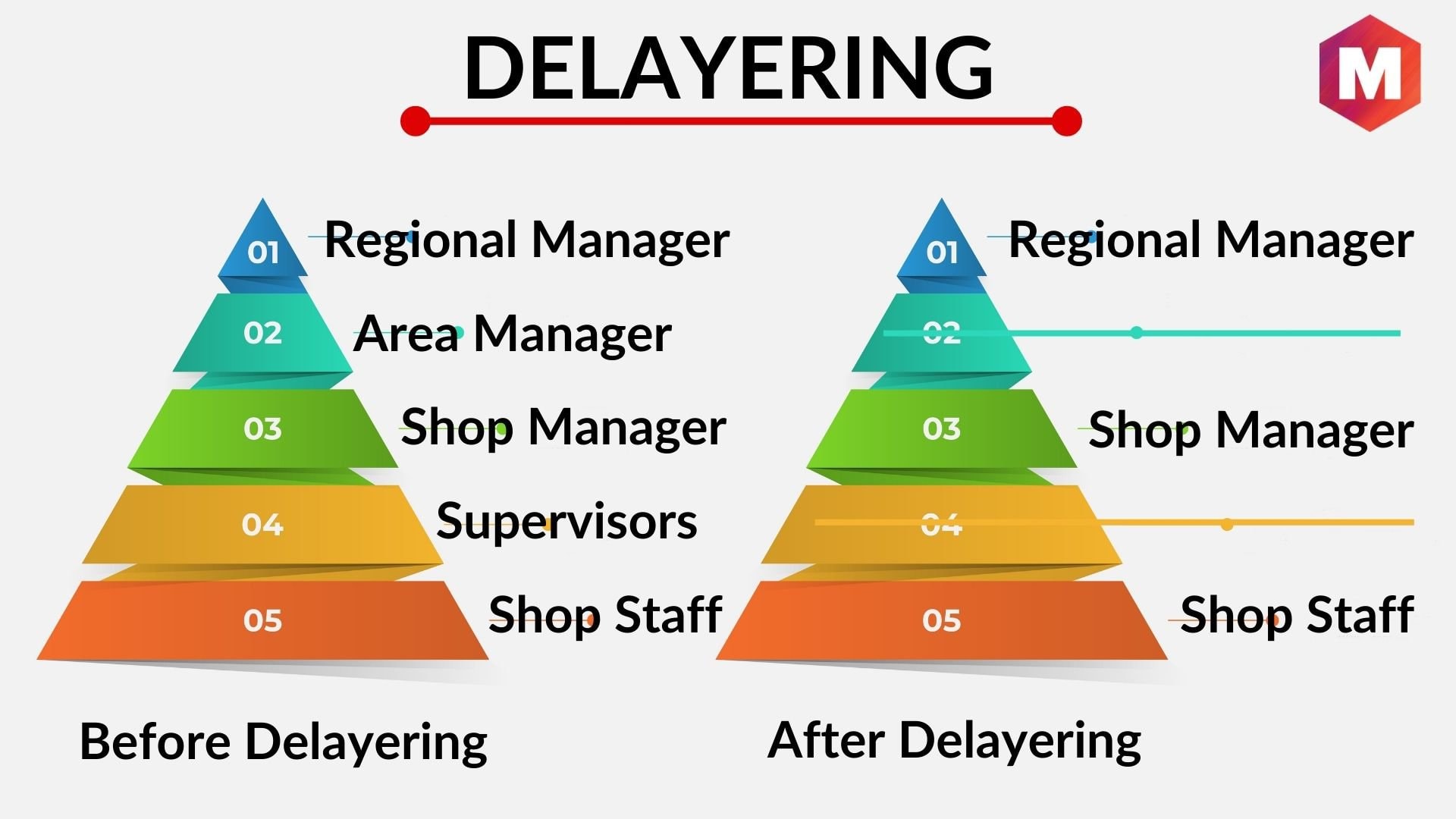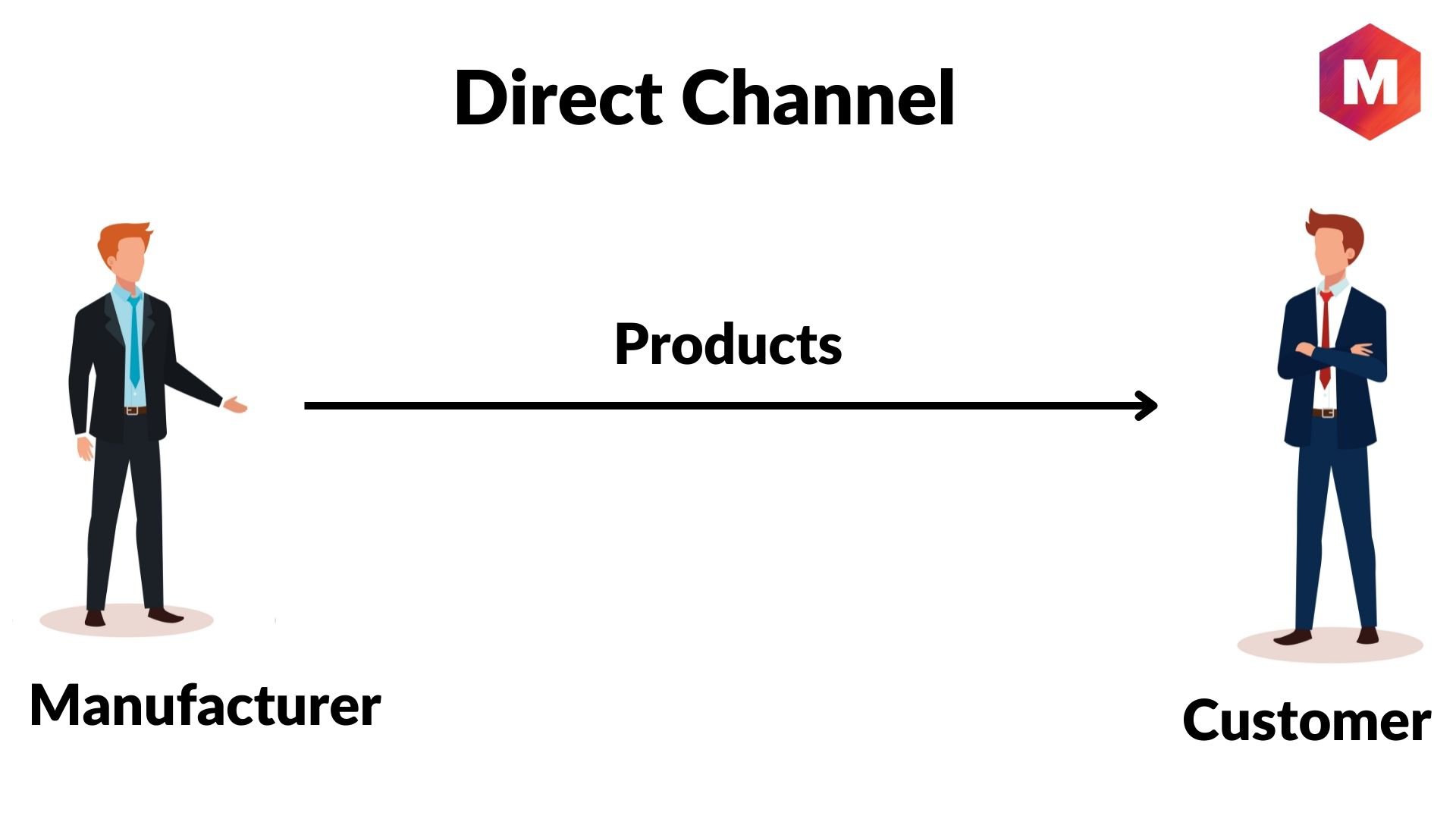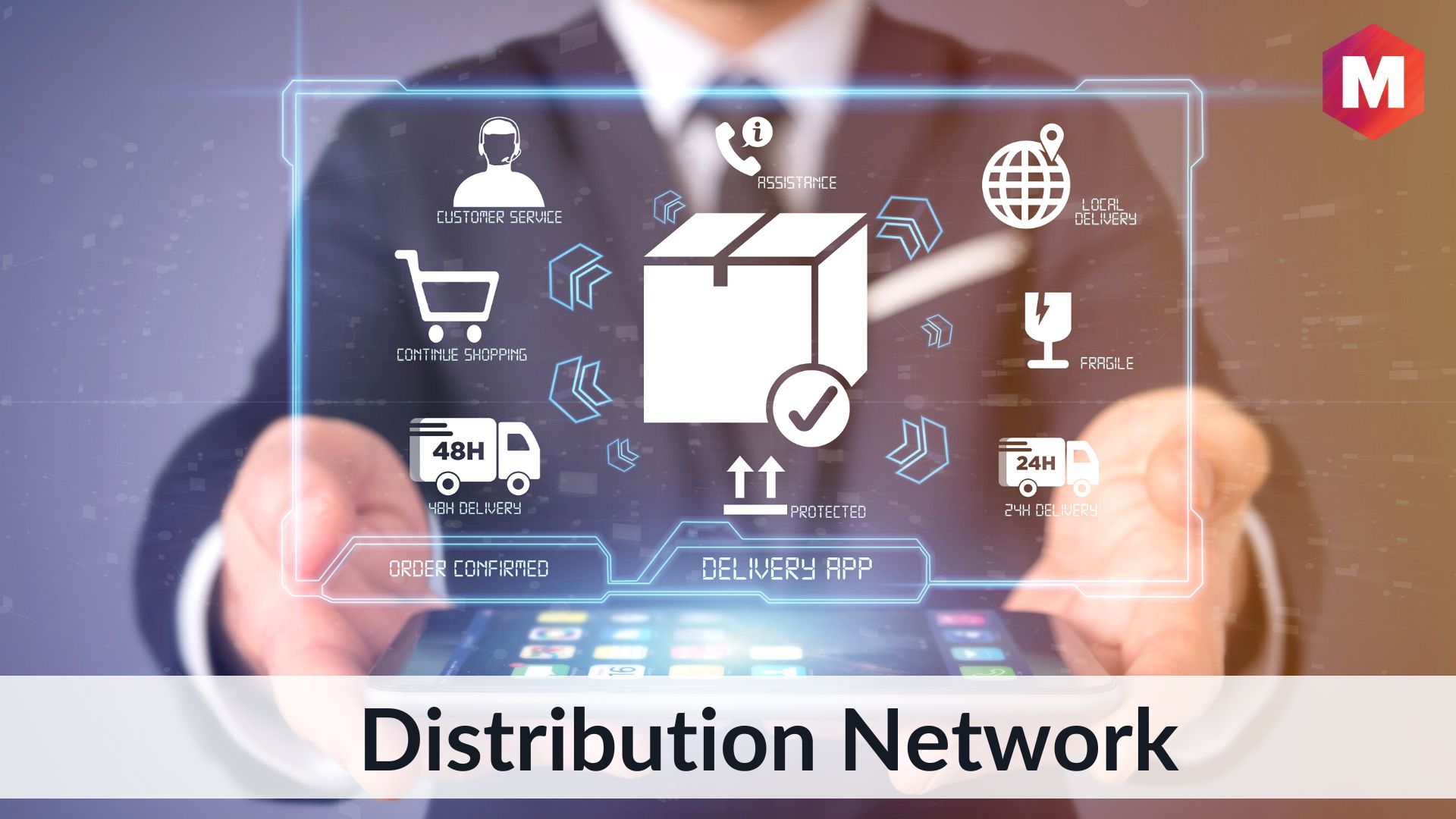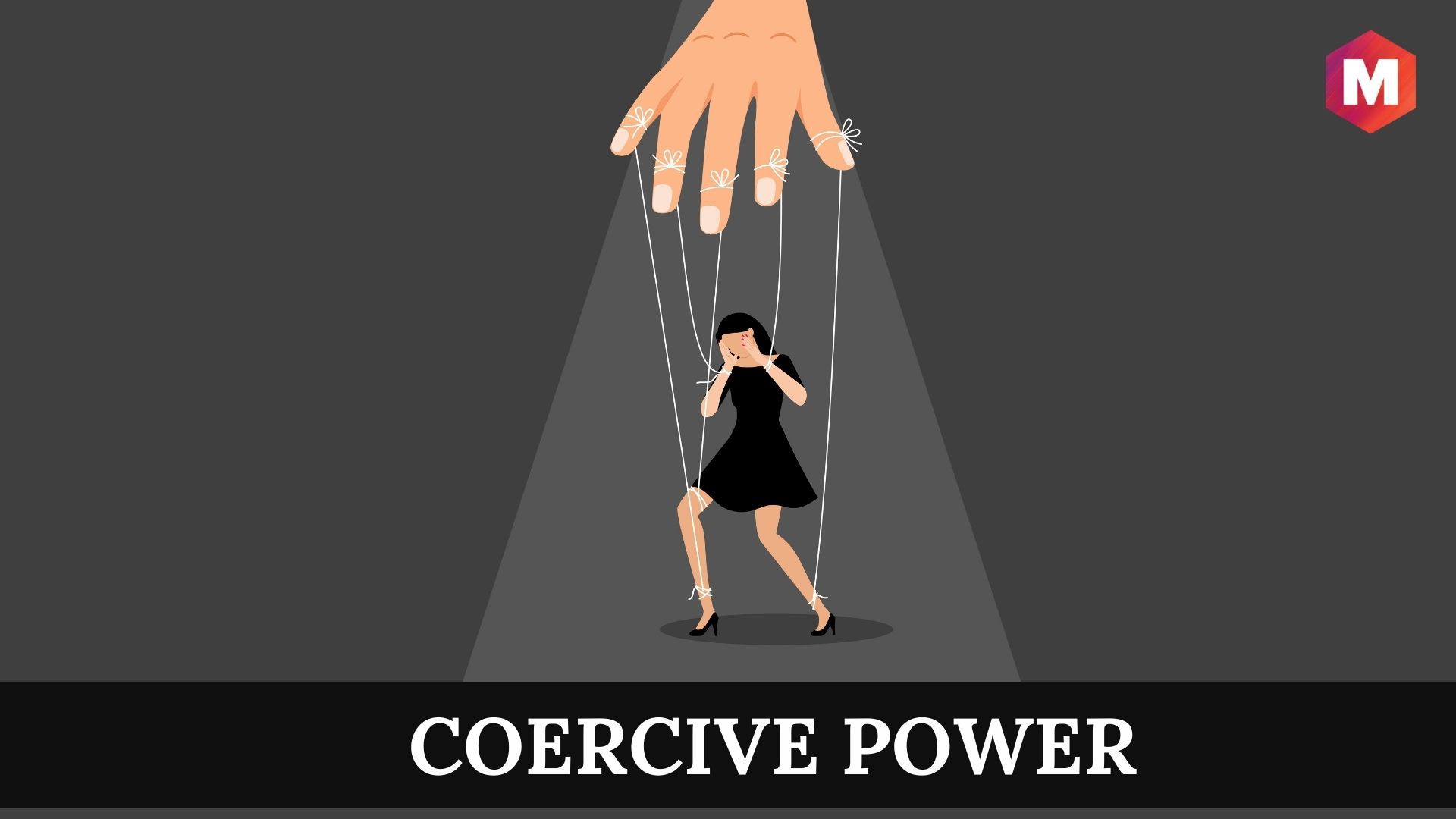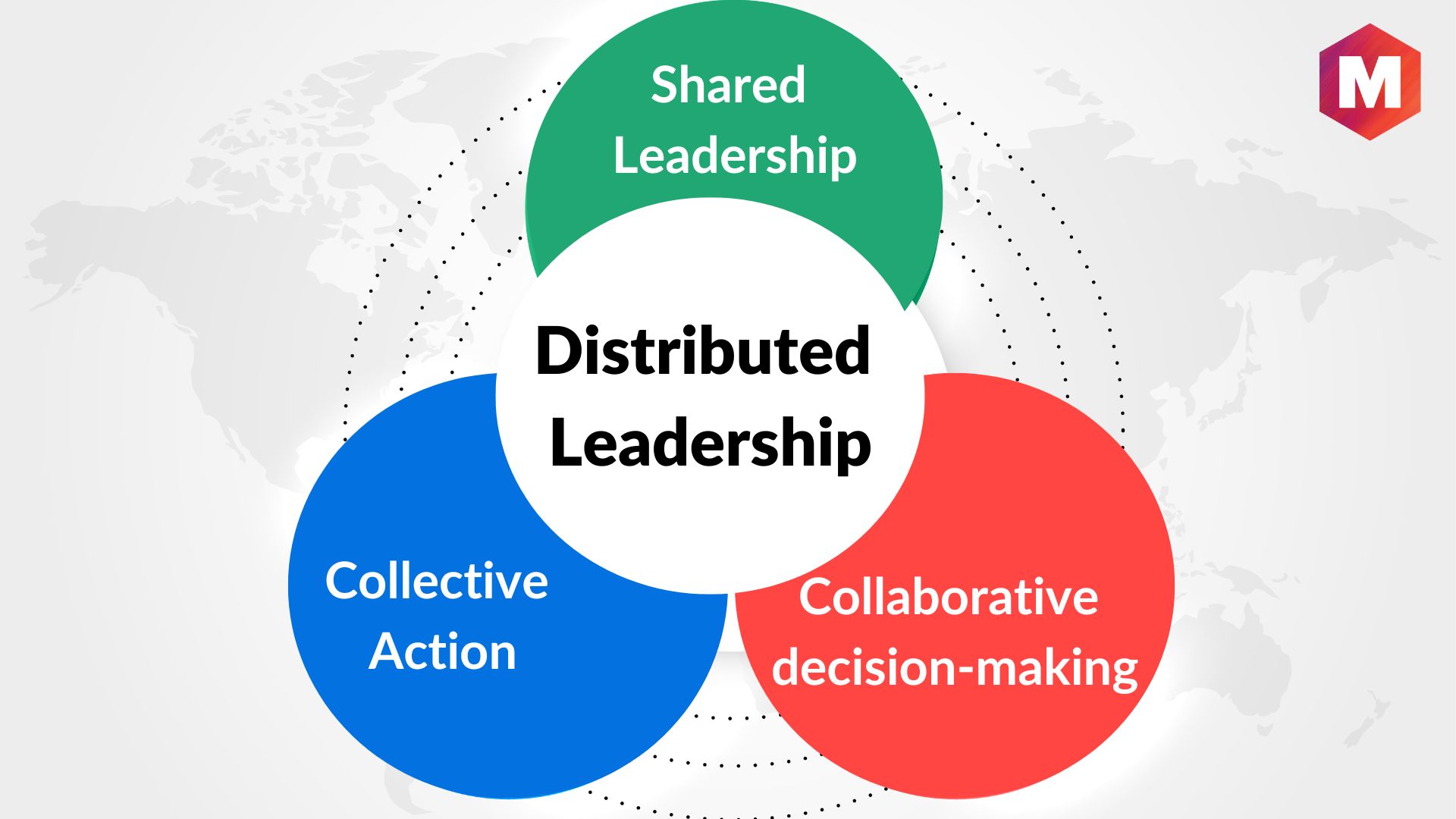The Director position is a high-level executive position responsible for managing an organization or business. A Director typically reports to a CEO or President and…
Direct Communication – Definition, Importance and Advantages
What is Direct Communication? Direct communication is a type of communication that is clear and directs actions. Direct communication is a process whereby two or…
Delayering – Definition, Meaning, Importance and Benefits
What is Delayering? Delayering is the process of eliminating one or more levels of hierarchy or management layers from an organization’s structure to let the…
Direct Channel – Definition, Importance, Types and Benefits Information
What is a Direct Channels? A direct channel is a distribution channel in which there are no intermediaries involved between the manufacturer/ brand and the…
What Is a Demotion? Definition, Meaning, Types and Process
What Is a Demotion? Definition: A demotion is a company’s (or sometimes an employee’s) decision to lower an employee’s status, title, and (often) salary or…
Who are Decision Makers? Definition, Types and Importance
Decision makers are the people who make decisions that affect the company or organization. They have the authority to make decisions that will impact the…
Distribution Network – Definition, Examples and Benefits
What is a Distribution Network? A distribution network is a group of interconnected storage facilities and distribution methods that are used to send goods from…
Haggle – Definition and 10 Ways of Haggling
What is Haggle? The term haggle is the art of bargaining or negotiating prices. Haggling can also be seen as a way to gain power…
Destination Store – Definition, Overview, Types and Examples
What is Destination Store? A destination store is a type of retail store that is designed to be a destination in and of itself. Destination…
Blind Testing: Definition, Types and Examples
What is Blind Testing? Blind testing is a type of experimentation in market research in which participants do not know that they are part of…
Discontinuous Innovation – Definition, Pros and Cons
What is Discontinuous Innovation? Discontinuous innovation is a major innovation that creates a new market or significantly transforms an existing one. It is a type…
Coercive Power: Definition, Types, and Examples
What is Coercive Power? Coercive Power is a type of power that uses threats, force, or other forms of coercion to get an outcome. A…
Distributed Leadership – Definition, Principles and Benefits
What is Distributed Leadership? Distributed leadership is a pattern of shared leadership among individuals in an organization, typically characterized by collaborative decision-making and collective action….
Buyout – Definition, Types, Advantages and Disadvantages
What is Buyout? A buyout is a process of acquisition and an investment transaction of buying all or a controlling percentage of the shares of…
Business Tax – Definition, Meaning, Types and Calculation
What is the Business Tax? Business tax is a tax on the business income. It is a tax on the profits or capital of companies…


